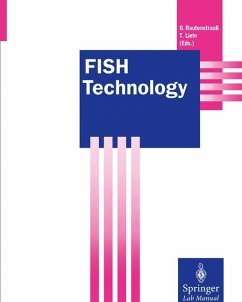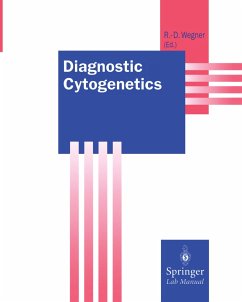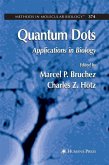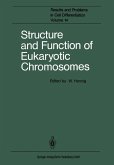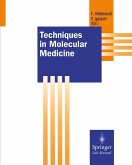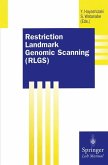Fluorescence in situ hybridization (FISH) has been developed as a powerful technology which allows direct visualisation or localisation of genomic alterations. The technique has been adopted to a range of applications in both medicine, especially in the areas of diagnostic cytogenetics, and biology. Topics described in this manual include: FISH on native human tissues, such as blood, bone marrow, epithelial cells, hair root cells, amniotic fluid cells, human sperm cells; FISH on archival human tissues, such as formalin fixed and paraffin embedded tissue sections, cryofixed tissue; simultaneous detection of apoptosis and xpression of apoptosis-related genes; comparative genomic ybridization; and special FISH techniques.
From the reviews:
"Ever wondered how to catch your FISH ... in the dark pools of cellular biology? Then ... FISH technology might be a welcome addition to your library. Thirty-six chapters on 485 pages compile the latest protocols and background information on fluorescence in situ hybridization (or FISH) ... . Every chapter is illustrated by several schematic drawings ... . The manual is completed by a subject index ... . The book is certainly clear ... providing valuable protocols for both beginning FISHers and for FISH experts." (Dr. Jan Roelof Van der Meer, BioWorld, Issue 6, 2002)
"Ever wondered how to catch your FISH ... in the dark pools of cellular biology? Then ... FISH technology might be a welcome addition to your library. Thirty-six chapters on 485 pages compile the latest protocols and background information on fluorescence in situ hybridization (or FISH) ... . Every chapter is illustrated by several schematic drawings ... . The manual is completed by a subject index ... . The book is certainly clear ... providing valuable protocols for both beginning FISHers and for FISH experts." (Dr. Jan Roelof Van der Meer, BioWorld, Issue 6, 2002)

